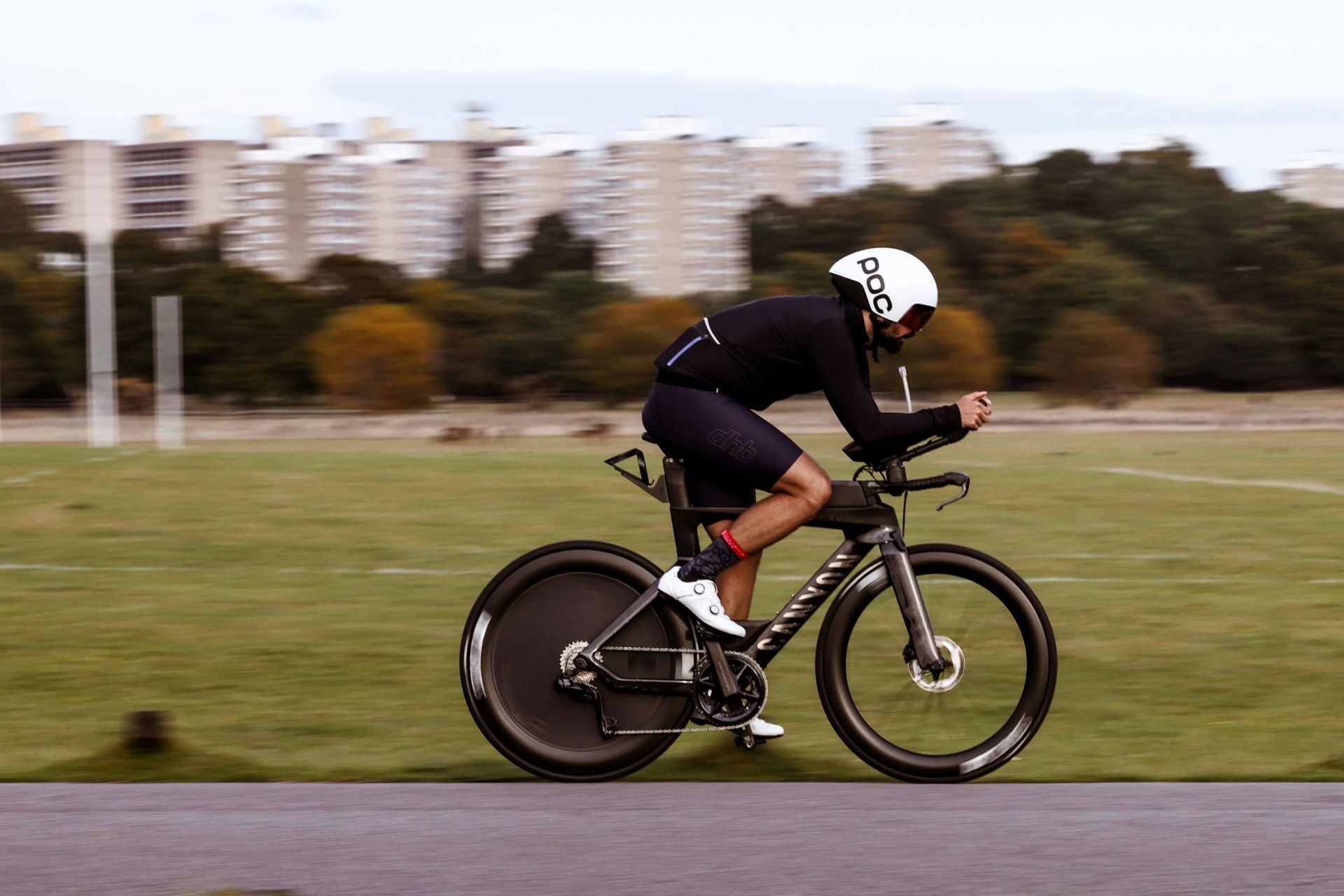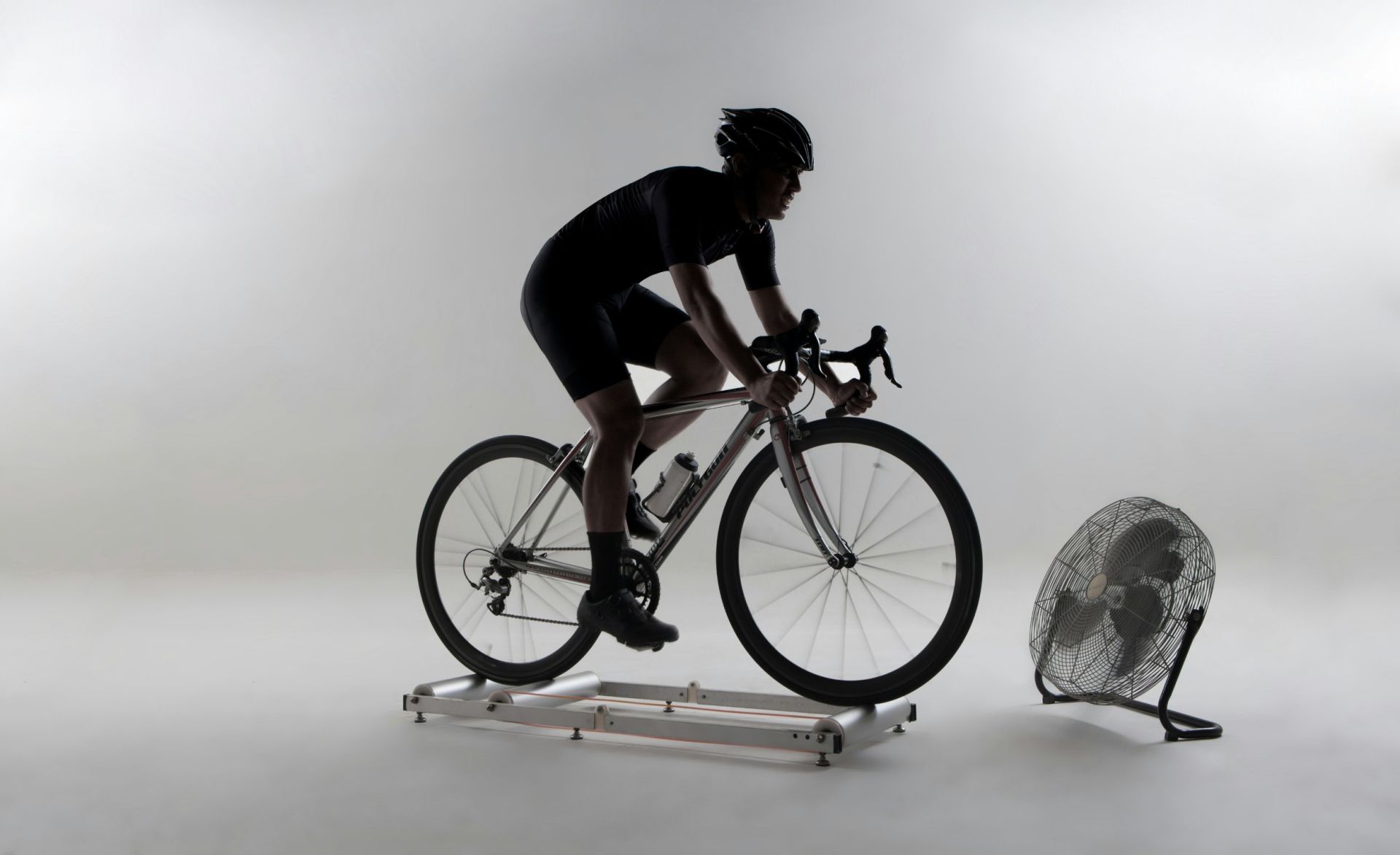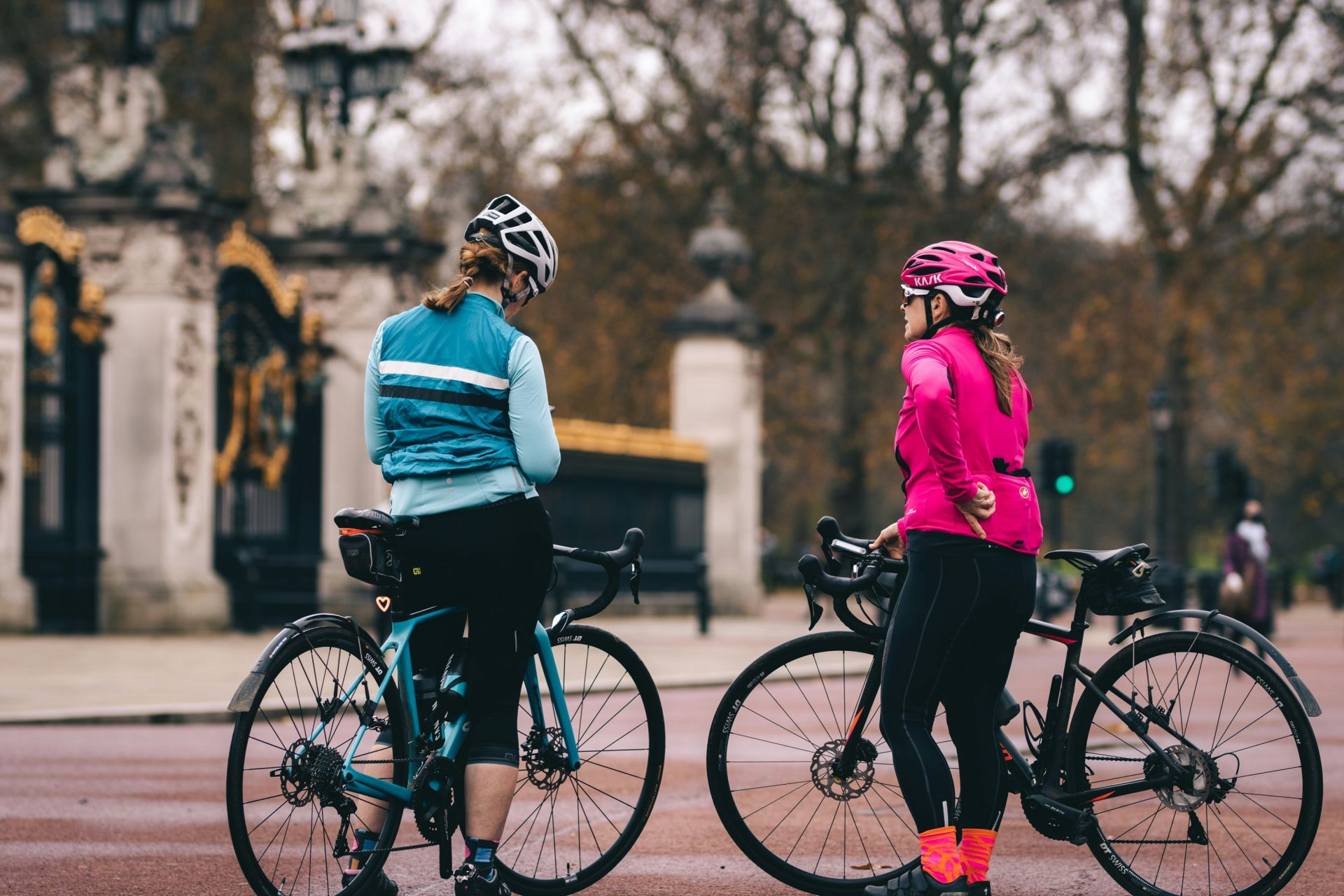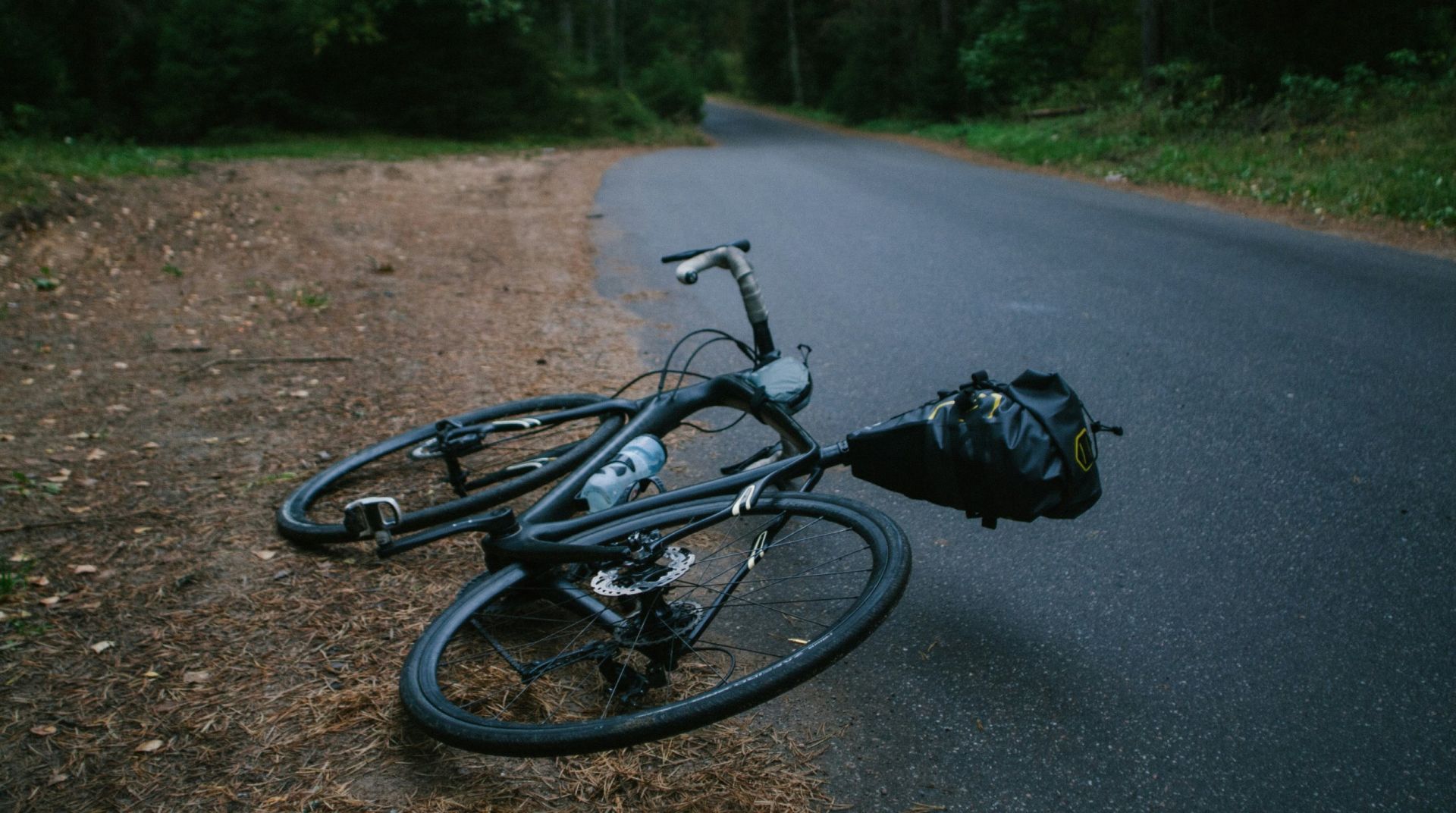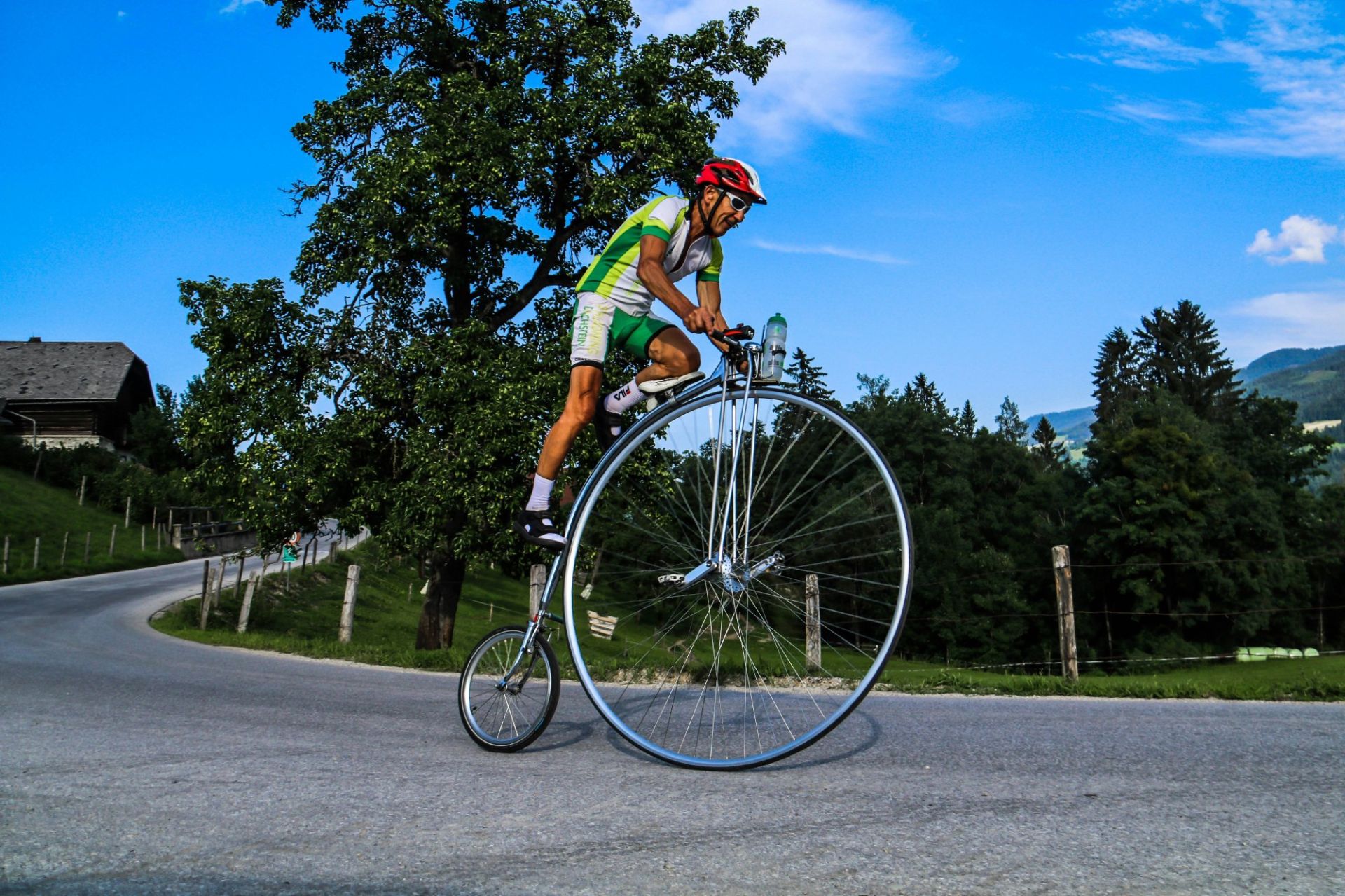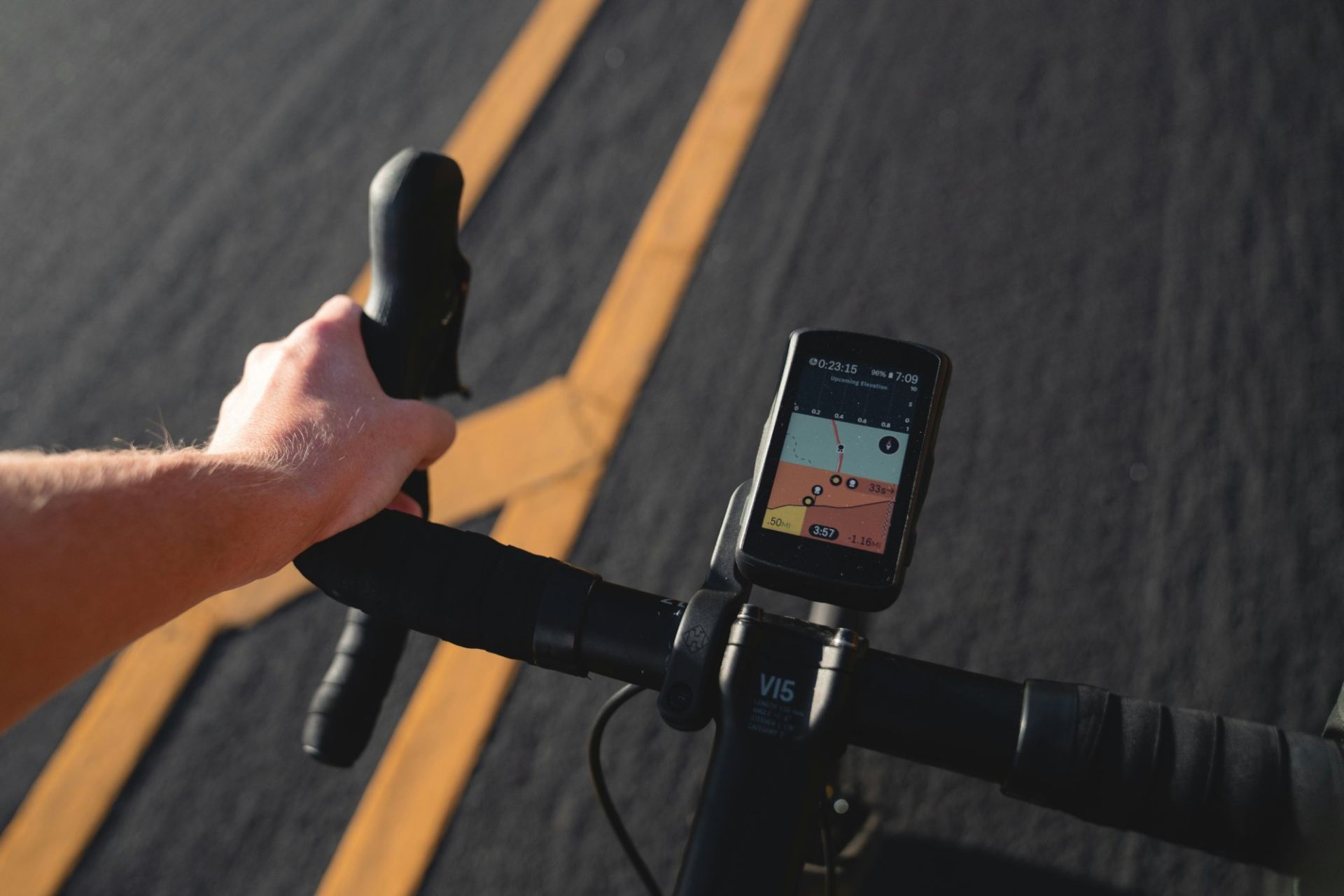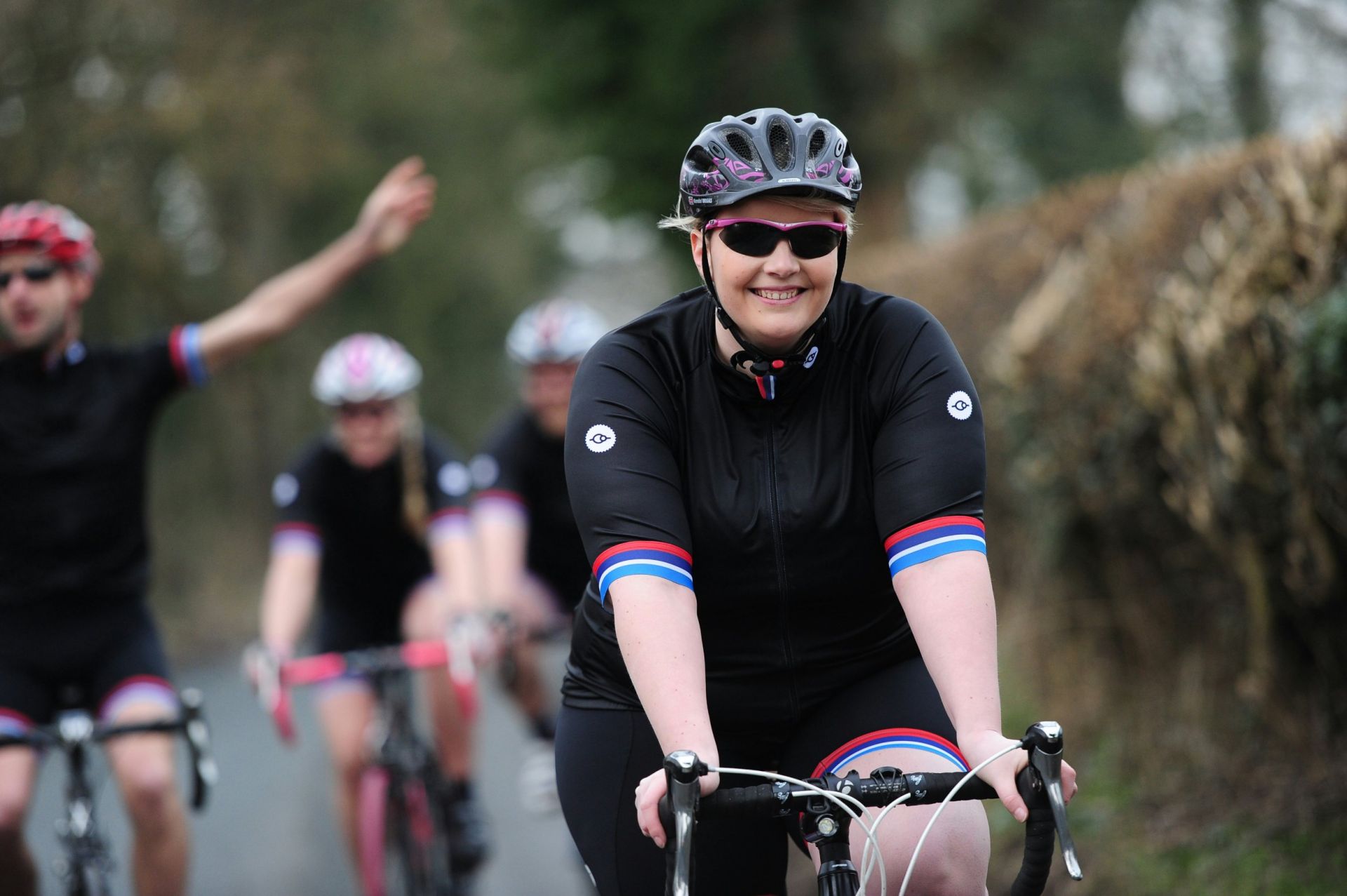
You're out cruising on your bike, wind in your hair, the open road ahead. But cycling isn't all scenic vistas and carefree riding. Dangers lurk around every corner, from inattentive drivers to slippery manhole covers. Staying safe requires vigilance and quick reflexes. In this article, we'll explore the essential techniques of defensive cycling. Learn to scan the road and anticipate potential hazards before they happen. We'll discuss strategies to avoid common accidents and how to react quickly when the unexpected occurs. Arm yourself with the skills to stay aware and avoid trouble on the road. You'll be ready to handle any situation while keeping the joy of the ride. Pedal on prepared for whatever comes next! Defensive cycling is about being proactive and responsive, not paranoid. You've got this.
Look Ahead
As a defensive cyclist, your eyes should constantly be scanning the road ahead. Don't just focus on what's right in front of you - look further down the road to anticipate potential hazards. Lifting your vision lets you spot obstacles, road debris, or erratic drivers before they become an immediate threat.
Read Road Signs
Road signs and markings provide crucial information to help you anticipate changes ahead. Watch for turns, merges, lane shifts, or warnings about hazards like construction zones or rail crossings. Understanding what's coming allows you to adjust your position and speed appropriately.
Predict Driver Behavior
Other vehicles pose one of the biggest risks on the road. Constantly assess the actions of drivers around you - are they distracted, driving aggressively, or signaling a turn? Anticipate that they may not see you and be prepared to react defensively.
Intersection Awareness
Intersections are high risk areas. As you approach, scan all directions for vehicles, pedestrians, or cyclists who may be entering the intersection. Don't assume others will yield the right-of-way - make eye contact when possible and be ready to brake.
By continuously scanning ahead, you can identify hazards early and have time to react. Anticipating risks instead of just reacting to them is a crucial defensive cycling skill that could save your life on the road.
Be Prepared for the Unpredictable
No matter how vigilant you are on the road, unexpected hazards can pop up out of nowhere. A driver could swing open their door without looking, a pedestrian might dart across the street, or debris could suddenly appear in your path. The key is staying alert and ready to react at a moment's notice.
Keep Your Hands on the Bars
When cycling, always keep a firm grip on the handlebars with your fingers covering the brake levers. This allows you to brake hard and quickly if needed to avoid a collision. Keeping your hands in this ready position gives you maximum control to navigate unexpected obstacles.
Learn Emergency Maneuvers
Practice emergency maneuvers like hard braking and swerving in a safe environment. Mastering techniques like the "emergency U-turn" could help you escape a hazardous situation. The more ingrained these skills are, the better you'll react when faced with real danger.
Leave an Out
Position yourself on the road with an "escape route" in mind. Ride a little further from parked cars in case a door flies open. Avoid riding in drivers' blind spots. Constantly scan ahead for gaps you could safely move into if needed. Giving yourself an out buys precious reaction time.
Trust Your Instincts
If a situation doesn't feel right, it probably isn't. Don't ignore that nagging sense of unease. If traffic seems erratic or a driver's behavior seems off, get out of harm's way. It's better to be cautious than end up in a crash you could have avoided.
Stay Alert, Stay Ahead
Defensive cycling is all about anticipation. Keeping your eyes peeled and mind engaged is key to spotting potential hazards before they become real dangers. Constantly scan the road ahead, checking mirrors and blind spots for approaching vehicles, pedestrians or obstacles.
Anticipate how other road users might behave - that driver pulling out from a side street, the pedestrian distracted by their phone. Being able to predict their next move lets you react calmly and decisively to avoid collisions.
Read the Road Like a Pro
The road itself offers plenty of clues about what's coming up if you know what to look for. Potholes, debris, slippery surfaces - they're all easier to spot and navigate around smoothly when you're looking well ahead.
Rain, ice or poor visibility also require heightened awareness and adjustments to your road positioning and speed. Mastering defensive cycling is about developing an instinct for spotting and mitigating risks before they put you in real danger.
Stay Cool, Stay in Control
Even with all your spidey senses activated, the unexpected can still happen. That's when your ability to remain calm and in full control of your bike really pays off.
Practice braking firmly but smoothly, steering clear of hazards with minimal swerving, and always leaving an escape route. With defensive riding skills dialed in, you'll be able to react decisively yet safely to avoid nasty spills. Ride assertively, never aggressively.
Defensive cycling takes constant vigilance, but it's well worth the effort. Anticipating risks instead of just reacting to them is the key to riding confidently and arriving safely at every destination.
That's it - with a bit of practice, you'll be scanning the road ahead, spotting potential hazards, and being ready to react safely. Stay focused, anticipate what might happen, and trust your instinct. If you ever feel unsafe, don't hesitate to pull over or walk your bike on the pavement. Staying aware and being prepared will help get you where you want to go. Cycling defensively soon becomes second nature. You'll be riding on confidently in no time. So get out there, stay alert, and enjoy the ride - it's all part of the cycling experience.
Anticipate Hazards: How to Scan the Road Ahead
Look Ahead
As a defensive cyclist, your eyes should constantly be scanning the road ahead. Don't just focus on what's right in front of you - look further down the road to anticipate potential hazards. Lifting your vision lets you spot obstacles, road debris, or erratic drivers before they become an immediate threat.
Read Road Signs
Road signs and markings provide crucial information to help you anticipate changes ahead. Watch for turns, merges, lane shifts, or warnings about hazards like construction zones or rail crossings. Understanding what's coming allows you to adjust your position and speed appropriately.
Predict Driver Behavior
Other vehicles pose one of the biggest risks on the road. Constantly assess the actions of drivers around you - are they distracted, driving aggressively, or signaling a turn? Anticipate that they may not see you and be prepared to react defensively.
Intersection Awareness
Intersections are high risk areas. As you approach, scan all directions for vehicles, pedestrians, or cyclists who may be entering the intersection. Don't assume others will yield the right-of-way - make eye contact when possible and be ready to brake.
By continuously scanning ahead, you can identify hazards early and have time to react. Anticipating risks instead of just reacting to them is a crucial defensive cycling skill that could save your life on the road.
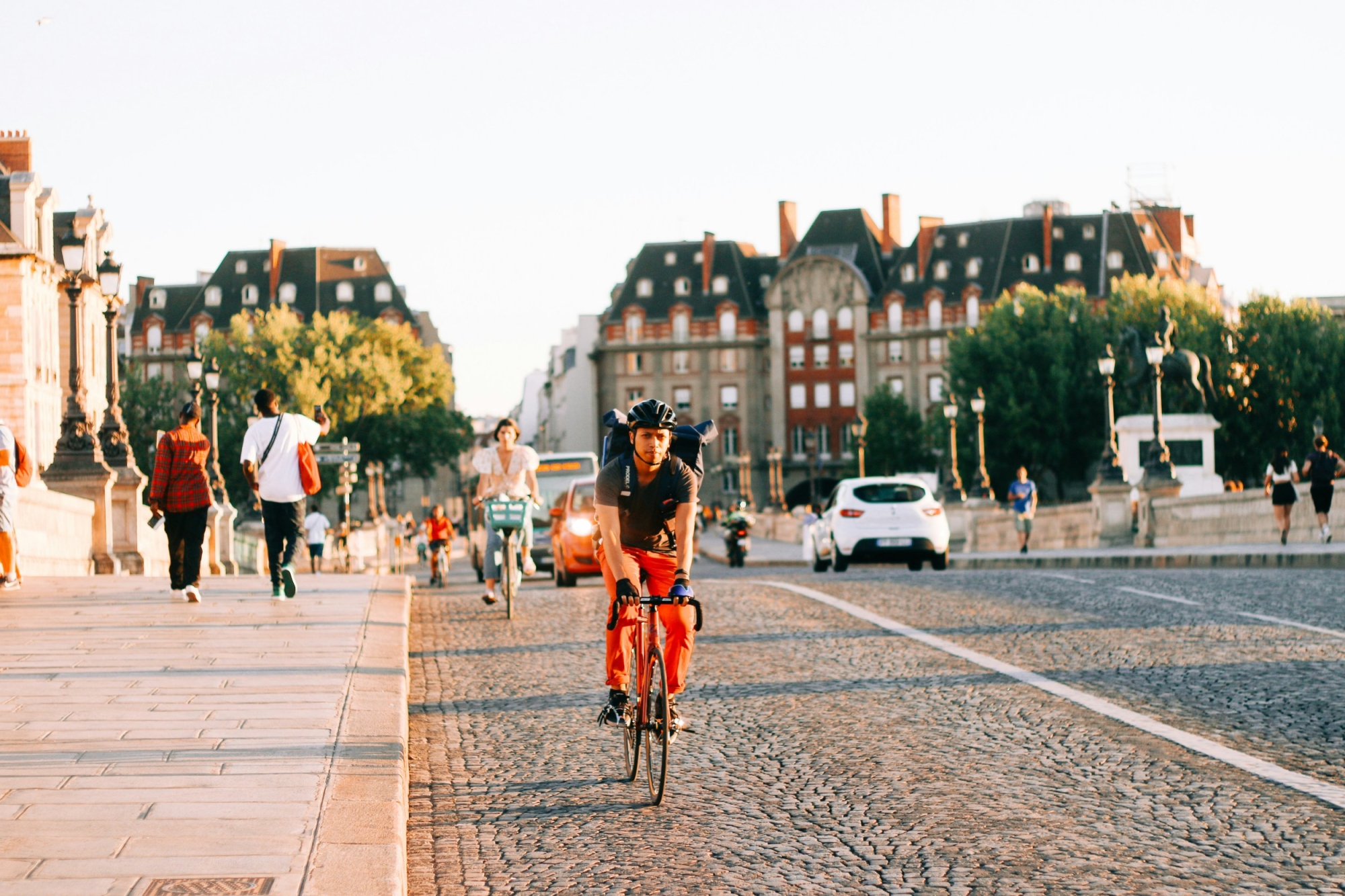
React Quickly: Handling Unexpected Dangers
Be Prepared for the Unpredictable
No matter how vigilant you are on the road, unexpected hazards can pop up out of nowhere. A driver could swing open their door without looking, a pedestrian might dart across the street, or debris could suddenly appear in your path. The key is staying alert and ready to react at a moment's notice.
Keep Your Hands on the Bars
When cycling, always keep a firm grip on the handlebars with your fingers covering the brake levers. This allows you to brake hard and quickly if needed to avoid a collision. Keeping your hands in this ready position gives you maximum control to navigate unexpected obstacles.
Learn Emergency Maneuvers
Practice emergency maneuvers like hard braking and swerving in a safe environment. Mastering techniques like the "emergency U-turn" could help you escape a hazardous situation. The more ingrained these skills are, the better you'll react when faced with real danger.
Leave an Out
Position yourself on the road with an "escape route" in mind. Ride a little further from parked cars in case a door flies open. Avoid riding in drivers' blind spots. Constantly scan ahead for gaps you could safely move into if needed. Giving yourself an out buys precious reaction time.
Trust Your Instincts
If a situation doesn't feel right, it probably isn't. Don't ignore that nagging sense of unease. If traffic seems erratic or a driver's behavior seems off, get out of harm's way. It's better to be cautious than end up in a crash you could have avoided.
Ride On: Staying Safe Through Defensive Cycling
Stay Alert, Stay Ahead
Defensive cycling is all about anticipation. Keeping your eyes peeled and mind engaged is key to spotting potential hazards before they become real dangers. Constantly scan the road ahead, checking mirrors and blind spots for approaching vehicles, pedestrians or obstacles.
Anticipate how other road users might behave - that driver pulling out from a side street, the pedestrian distracted by their phone. Being able to predict their next move lets you react calmly and decisively to avoid collisions.
Read the Road Like a Pro
The road itself offers plenty of clues about what's coming up if you know what to look for. Potholes, debris, slippery surfaces - they're all easier to spot and navigate around smoothly when you're looking well ahead.
Rain, ice or poor visibility also require heightened awareness and adjustments to your road positioning and speed. Mastering defensive cycling is about developing an instinct for spotting and mitigating risks before they put you in real danger.
Stay Cool, Stay in Control
Even with all your spidey senses activated, the unexpected can still happen. That's when your ability to remain calm and in full control of your bike really pays off.
Practice braking firmly but smoothly, steering clear of hazards with minimal swerving, and always leaving an escape route. With defensive riding skills dialed in, you'll be able to react decisively yet safely to avoid nasty spills. Ride assertively, never aggressively.
Defensive cycling takes constant vigilance, but it's well worth the effort. Anticipating risks instead of just reacting to them is the key to riding confidently and arriving safely at every destination.
Conclusion
That's it - with a bit of practice, you'll be scanning the road ahead, spotting potential hazards, and being ready to react safely. Stay focused, anticipate what might happen, and trust your instinct. If you ever feel unsafe, don't hesitate to pull over or walk your bike on the pavement. Staying aware and being prepared will help get you where you want to go. Cycling defensively soon becomes second nature. You'll be riding on confidently in no time. So get out there, stay alert, and enjoy the ride - it's all part of the cycling experience.

 Road Bike vs Triathlon Bike: Key Differences Explained
Road Bike vs Triathlon Bike: Key Differences Explained